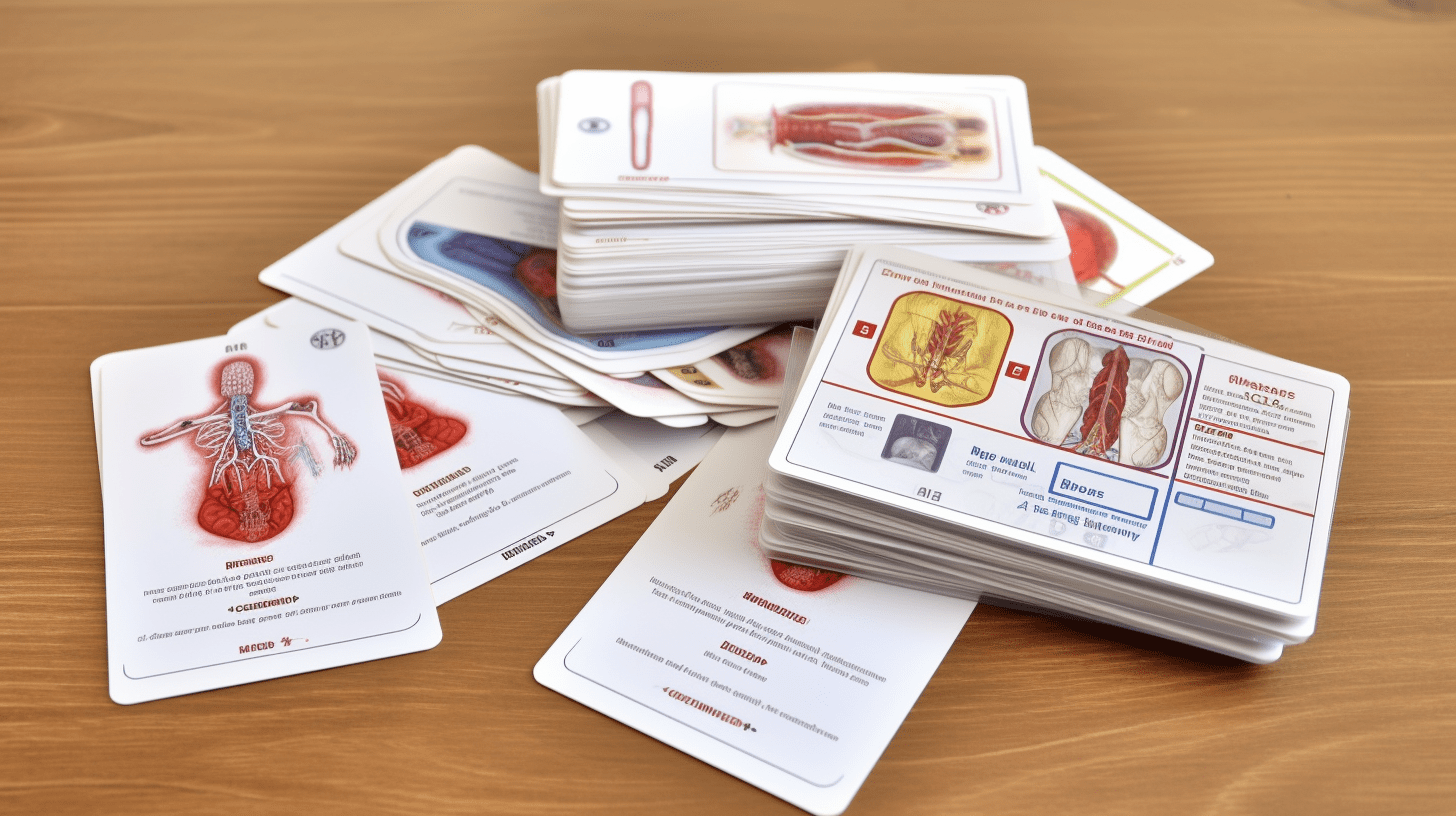Using Flashcards to Study for the USMLE

10841 Views
Advice from USMLE Step 1 Tutors on Using Flashcards to Study
Let’s get right into it– Flashcards are best used as a supplementary study aid, where the cards support knowledge retention from other core resources. For students preparing for USMLE Step 1, these core resources can vary but often UWorld, First Aid and Pathoma are mentioned in most conversations. The general idea is that a question bank is paired with a flashcard resource for learning content that has been identified as a weak area while going through practice questions. On a quick side note, we do recognize that there are students out there who strongly prefer to use flashcards as a primary resource. This post is not intended to disprove that a flashcard centered USMLE Step 1 review is compatible with a strong examination performance if tailored appropriately to the student, rather it is intended to cover how to use flashcards in the most efficient way possible.
Let’s Talk USMLE Flashcard Strategy: Making & Reviewing
At the start of your study period, determine the number of questions you will need to complete daily to finish a pass through your qbank of choice (such as UWorld, Amboss, or TrueLearn). On your first pass, we recommend using a timed tutor mode and having Anki running in the background of your computer. Note that if you are using UWorld, you will not be able to copy and paste anything from UWorld into Anki. However, you will be able to type whatever information you deem necessary from a particular UWorld question into an Anki flashcard. This is typically the same for all qbanks.
*Recently, UWorld also released the ability to create flashcards directly on the platform as well. This is really great for students who do wish to directly copy and paste content especially charts, photos, and explanations. Amboss and TrueLearn may have similar features.
In determining what information to include in an Anki flashcard, many students feel like they have to include every detail about every answer choice in every question into a single Anki flashcard (or even multiple Anki flashcards). This strategy however is not the most efficient use of your study time. Instead, we recommend focusing on the main points(s) from a practice question, which are almost always found summarized in some form at the end of a question no matter which qbank you are using. Consider including some of that information on a flashcard, especially if you missed the question.
After reviewing this summary/explanation for a given qbank question, make a determination regarding whether you feel you will have a difficult time remembering the key fact being tested. Think about if you were asked the question again a second time, be it on another practice test or on your actual examination, would you be able to answer it correctly? If you feel you will need help remembering this key fact, go ahead and make an Anki flashcard. However, stick to the rule that, on average, you should have no more than 1 Anki flashcard/ question. Even better is the idea that a single qbank question should require at most one Anki flashcard.
High Yield Flashcard Review for Step 1 – Our Logic
When a student has to find the most important fact from an USMLE Step 1 practice question, they are better able to remember what is the most high yield piece of information to take from a vignette. Regarding information gained from other incorrect answer choices (which is less focused upon in UWorld), we believe that these certainly can contain important information for your exam. However, information gained from wrong answers is likely to show up again as the focus and educational objective for a different practice question where they are the correct answer. This means that you can stick to the above recommendation of making at most one Anki flashcard per practice question. Focus on the information being tested and don’t worry about what can be learned from the wrong answers.
The reason that making and reviewing flashcards should not be the primary study strategy for the USMLE Step 1 is largely because it is very time consuming and requires different active reasoning than what is required on the actual exam. On the real USMLE exam, you don’t have any “fill in the blank” questions or questions in which you would need to write a response. The exam is entirely multiple choice. This being said, reviewing flashcards requires you to recall knowledge completely out of the blue and not in the context of a vignette. While some students consider this more difficult and figure that if they can recall information in this way then practice questions should be easy, this is not always the case. It is very important to become familiar with the exact format of USMLE questions so that come test day you feel completely prepared and there are no surprises.
We hope this post has shown you how easily flashcard resources can complement Qbank study and make your retention of material from your core resources more efficient and fun at the same time. As always, if you find yourself in need of guidance or help during your USMLE study process, our USMLE tutors are always here to help!
Featured Articles

